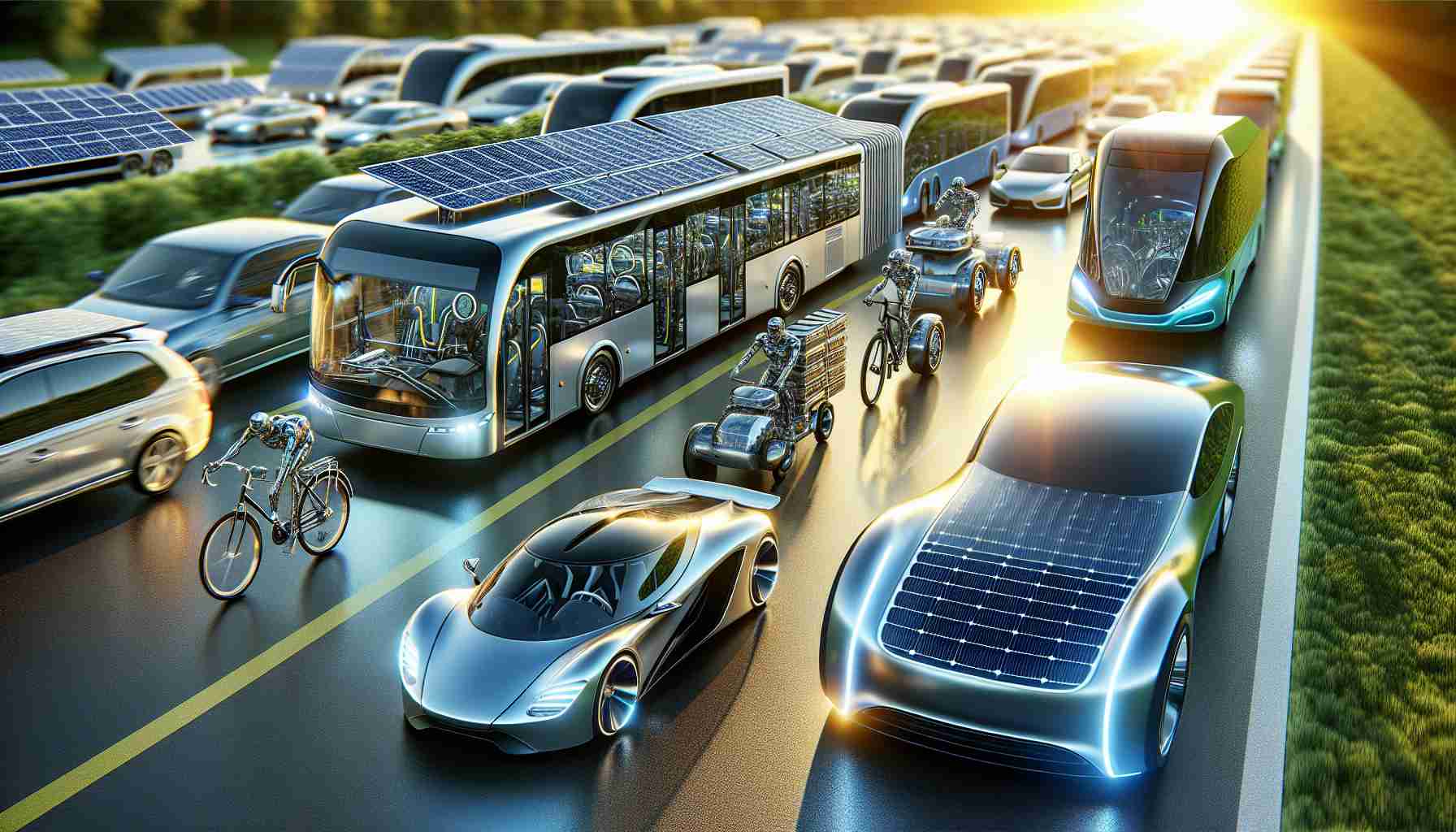A revolutionary breakthrough in sustainable transportation has recently captivated the public eye with the introduction of cutting-edge solar-powered vehicles. The latest company making waves in the industry, SolarDrive Motors, has unveiled its groundbreaking line of self-charging solar cars, heralding a new era of eco-friendly driving.
These innovative vehicles not only harness the power of the sun for propulsion but also offer the convenience of electric charging capabilities, providing a versatile and efficient driving experience. With the ability to travel up to 50 miles solely on solar power and an impressive range of 1,200 miles on a single electric charge, SolarDrive Motors is setting a new standard for sustainable transportation.
SolarDrive Motors’ spokesperson, Emily Johnson, expressed enthusiasm for the upcoming launch of their vehicles, scheduled for early next year. The company has already garnered significant interest, with a strong demand for reservations pouring in from environmentally conscious consumers across the country.
Anticipation is high for the introduction of SolarDrive Motors’ production facility, planned for construction in sunny Santa Cruz. Priced competitively at an estimated $30,000, these solar-powered vehicles offer an affordable green driving solution that outshines traditional electric cars.
As the automotive industry races towards a more sustainable future, SolarDrive Motors stands at the forefront, driving innovation and paving the way for a greener tomorrow.
New Solar-Powered Vehicle Innovations: Uncovering Key Details and Challenges
With the rise of solar-powered vehicles like those from SolarDrive Motors, the conversation around eco-friendly transportation has reached a new level of excitement and promise. While the previous article highlighted the impressive features of these innovative cars, there are still some crucial questions to consider as this technology gains traction.
Key Questions:
1. How do solar-powered vehicles compare in terms of maintenance costs compared to traditional gas-powered cars?
2. What kind of infrastructure is needed to support widespread adoption of solar-powered vehicles?
3. Are there any limitations to the efficiency of solar panels on vehicles in different weather conditions?
Answers:
1. Solar-powered vehicles generally have lower maintenance costs due to fewer moving parts and reliance on electricity rather than fossil fuels.
2. Implementing a robust network of solar charging stations is essential for the mainstream adoption of solar-powered vehicles.
3. Solar panels on vehicles may experience reduced efficiency in cloudy or rainy weather, affecting the overall range and performance.
Challenges and Controversies:
One key challenge facing solar-powered vehicles is the current limitations in terms of battery storage capacity, which can impact range and overall usability. Additionally, the reliance on sunlight as the primary energy source raises concerns about the practicality of these vehicles in regions with limited sunlight exposure or frequent inclement weather.
Advantages and Disadvantages:
Advantages:
– Reduced carbon footprint and emissions
– Lower long-term operating costs
– Energy independence and sustainability
Disadvantages:
– Initial high purchase cost
– Limited range in certain conditions
– Dependency on sunlight for charging
As solar-powered vehicles continue to gain momentum in the market, it is important to address these critical questions and challenges to ensure a smooth transition to a more sustainable transportation landscape.
For further information on the advancements in solar-powered vehicles and sustainable transportation, visit Solar-Driven.
